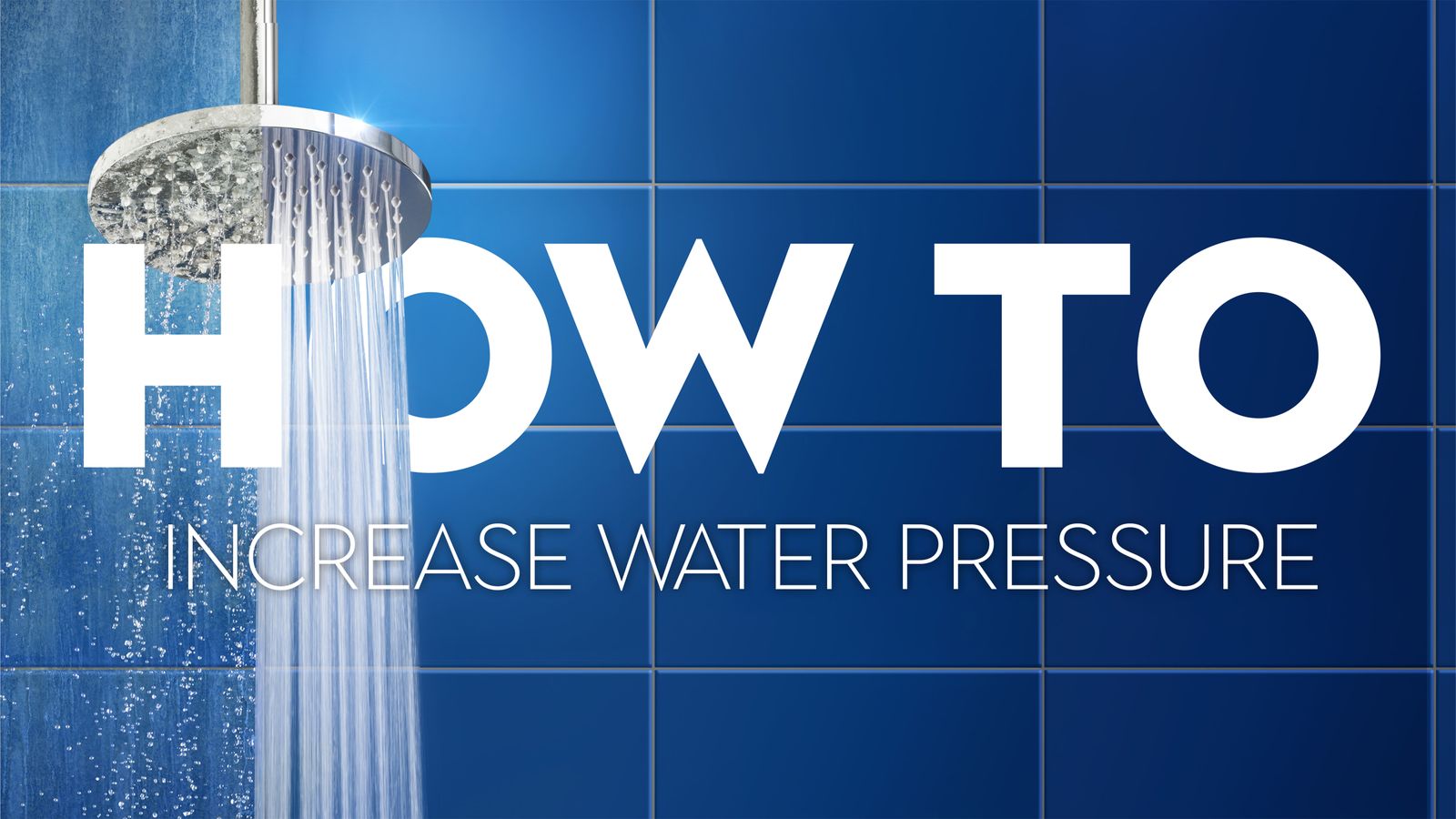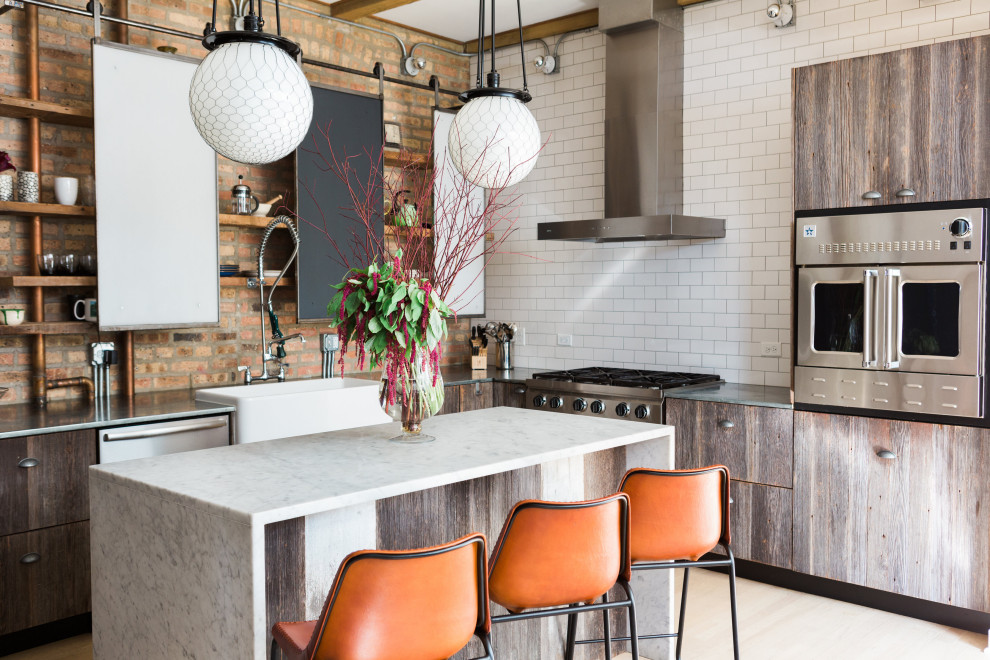If you've ever turned on your kitchen sink faucet and been met with a weak stream of water, you know how frustrating low water pressure can be. Not only does it make tasks like washing dishes and filling pots take longer, but it can also be a sign of underlying issues with your plumbing system. But before you start panicking about costly repairs, there are a few simple steps you can take to fix low pressure in your kitchen faucet. First, check the shut-off valves under your sink. These valves control the flow of water to your faucet, and they can sometimes accidentally get turned partially off. Make sure they are fully open and try running the faucet again to see if there is any improvement in water pressure. If the valves are fully open and you're still experiencing low pressure, the next step is to clean the aerator. The aerator is a small screen at the end of your faucet that helps regulate the flow of water. Over time, it can become clogged with mineral deposits and debris, causing low pressure. To clean it, unscrew the aerator from the faucet and soak it in a mixture of equal parts white vinegar and water for 30 minutes. Rinse it off and screw it back onto the faucet. This should help improve water pressure.How to Fix Low Pressure in a Kitchen Faucet
If cleaning the aerator didn't solve the problem, there are a few other steps you can take to increase water pressure in your kitchen sink. One option is to install a water pressure booster system. These systems use a pump to increase the water pressure in your pipes and can be installed near your water meter or directly onto your water line. However, this can be a costly solution and may require professional installation. Another option is to check for any leaks in your plumbing system. Even small leaks can cause a drop in water pressure, so it's important to fix them as soon as possible. You can also try adjusting the pressure regulator valve, which is usually located near the main water shut-off valve. Turning the valve clockwise will increase water pressure, but be careful not to turn it too much as it can damage your pipes.How to Increase Water Pressure in Kitchen Sink
If you're still experiencing low water pressure, it's time to troubleshoot the issue. One common cause of low pressure in a kitchen faucet is a blockage in the supply line. This can be caused by debris or mineral buildup, and it's important to address it as it can lead to bigger plumbing problems down the line. You can try using a plumbing snake or a pipe cleaning solution to clear the blockage. Another potential cause is a faulty pressure regulator. This device is responsible for maintaining a consistent water pressure throughout your plumbing system, and if it malfunctions, it can cause low pressure. If you suspect your pressure regulator is the culprit, it's best to call a professional plumber to have it replaced.Troubleshooting Low Water Pressure in Kitchen Faucet
If you've tried all the troubleshooting tips and your kitchen faucet is still experiencing low water pressure, it may be time to invest in a new faucet. Some faucets are designed specifically for low pressure systems and have features like larger water outlets and adjustable flow rates. Look for faucets with a high GPM (gallons per minute) flow rate to ensure a strong stream of water even with low pressure. Another option is to choose a pull-down or pull-out faucet, which have a built-in sprayer. These types of faucets tend to have higher water pressure due to the design of their spray heads. Just make sure to check the GPM flow rate before purchasing.Best Kitchen Faucets for Low Water Pressure
As mentioned earlier, cleaning the aerator is a simple and effective way to fix low water pressure in your kitchen faucet. To do this, you'll need to first unscrew the aerator from the faucet using pliers. Then, soak the aerator in a mixture of equal parts white vinegar and water for 30 minutes. After soaking, use an old toothbrush to scrub any remaining buildup off the screen. Rinse the aerator and screw it back onto the faucet. This should help improve water pressure.How to Clean a Kitchen Faucet Aerator for Low Water Pressure
If all else fails, it may be time to replace your kitchen faucet. Before you do so, make sure to double check that the issue is not with your plumbing system or water supply. If it's just the faucet, you can easily replace it with a newer model. Just make sure to choose a faucet with a high GPM flow rate and features designed for low pressure systems. If you're not confident in your plumbing skills, it's always best to hire a professional plumber to install the new faucet for you. They can also check for any underlying issues that may be causing low water pressure.How to Replace a Kitchen Faucet with Low Water Pressure
There are several potential causes of low water pressure in a kitchen sink faucet. Some of the common culprits include clogged aerators, blockages in the supply line, faulty pressure regulators, and leaks in the plumbing system. Old or low-quality faucets can also contribute to low water pressure. It's important to address the issue as soon as possible to prevent further damage to your plumbing system.Causes of Low Water Pressure in Kitchen Sink Faucet
If you have a single handle kitchen faucet, fixing low water pressure can be a bit trickier. The first step is to check the shut-off valves and clean the aerator, just like with a two-handle faucet. If that doesn't solve the problem, you may need to replace the faucet cartridge. This is the part of the faucet that controls the water flow, and it can become worn out over time. You can purchase a replacement cartridge at your local hardware store and follow the manufacturer's instructions for installation.How to Fix Low Water Pressure in a Single Handle Kitchen Faucet
Pull-out kitchen faucets are a popular choice for their convenience and versatility. But if you're experiencing low water pressure with a pull-out faucet, there are a few things you can try to increase it. First, make sure the aerator is clean and free of any buildup. You can also check the supply line for any blockages. If those steps don't work, you may need to replace the faucet with a newer model designed for low pressure systems.How to Increase Water Pressure in a Pull-Out Kitchen Faucet
Two-handle kitchen faucets are the most common type of faucet, and they can also experience low water pressure. As mentioned earlier, the first step is to check the shut-off valves and clean the aerator. If that doesn't work, you may need to replace the faucet cartridge or the entire faucet. It's always best to consult a professional plumber for an accurate diagnosis and proper installation. In conclusion, low water pressure in a kitchen sink faucet can be a frustrating issue, but it can be fixed with a few simple steps. By checking for common causes like clogged aerators and faulty pressure regulators, and following the troubleshooting tips outlined in this article, you can improve water pressure and make tasks in the kitchen much easier. And if all else fails, don't be afraid to invest in a new faucet designed for low pressure systems. Your dishes (and sanity) will thank you.How to Troubleshoot Low Water Pressure in a Two-Handle Kitchen Faucet
Troubleshooting Low Water Pressure in Your Kitchen Sink Faucet

Understanding the Issue
 Are you frustrated with your kitchen sink faucet's low water pressure? There's nothing worse than trying to wash dishes or fill a pot with a weak stream of water. Low water pressure in your kitchen sink faucet can make everyday tasks feel like a chore. But before you call a plumber, it's important to understand the possible causes of this issue.
Are you frustrated with your kitchen sink faucet's low water pressure? There's nothing worse than trying to wash dishes or fill a pot with a weak stream of water. Low water pressure in your kitchen sink faucet can make everyday tasks feel like a chore. But before you call a plumber, it's important to understand the possible causes of this issue.
Common Causes of Low Water Pressure
 Mineral Buildup:
One of the most common causes of low water pressure in kitchen sink faucets is mineral buildup. As water flows through your pipes, it can leave behind mineral deposits that can clog the aerator or valve, restricting water flow.
Old Pipes:
If you have an older home, it's possible that your pipes are corroded or damaged, causing a decrease in water pressure.
Water Supply Issues:
Sometimes, low water pressure can be attributed to issues with your water supply, such as a main line break or low water levels in the municipal supply.
Plumbing Problems:
Finally, low water pressure can also be caused by plumbing problems such as leaks, blockages, or faulty fixtures.
Mineral Buildup:
One of the most common causes of low water pressure in kitchen sink faucets is mineral buildup. As water flows through your pipes, it can leave behind mineral deposits that can clog the aerator or valve, restricting water flow.
Old Pipes:
If you have an older home, it's possible that your pipes are corroded or damaged, causing a decrease in water pressure.
Water Supply Issues:
Sometimes, low water pressure can be attributed to issues with your water supply, such as a main line break or low water levels in the municipal supply.
Plumbing Problems:
Finally, low water pressure can also be caused by plumbing problems such as leaks, blockages, or faulty fixtures.
Fixing the Issue
 Now that you have an understanding of the potential causes, here are some steps you can take to troubleshoot and fix low water pressure in your kitchen sink faucet:
Check the Aerator:
The aerator is the small mesh screen located at the end of your faucet. Over time, it can become clogged with mineral deposits or debris, causing a decrease in water flow. Unscrew the aerator and clean it thoroughly with a mixture of vinegar and water.
Inspect the Pipes:
If you suspect that your pipes may be the issue, you may need to call a professional plumber to inspect them and make any necessary repairs or replacements.
Check the Water Supply:
If there are any known issues with your water supply, such as a main line break, contact your local water department for updates and estimated repair times.
Call a Plumber:
If you've tried the above steps and are still experiencing low water pressure, it's best to call a licensed plumber. They have the expertise and tools to diagnose and fix any plumbing issues that may be causing the problem.
Now that you have an understanding of the potential causes, here are some steps you can take to troubleshoot and fix low water pressure in your kitchen sink faucet:
Check the Aerator:
The aerator is the small mesh screen located at the end of your faucet. Over time, it can become clogged with mineral deposits or debris, causing a decrease in water flow. Unscrew the aerator and clean it thoroughly with a mixture of vinegar and water.
Inspect the Pipes:
If you suspect that your pipes may be the issue, you may need to call a professional plumber to inspect them and make any necessary repairs or replacements.
Check the Water Supply:
If there are any known issues with your water supply, such as a main line break, contact your local water department for updates and estimated repair times.
Call a Plumber:
If you've tried the above steps and are still experiencing low water pressure, it's best to call a licensed plumber. They have the expertise and tools to diagnose and fix any plumbing issues that may be causing the problem.
Preventing Future Issues
 To prevent low water pressure in your kitchen sink faucet in the future, regularly clean your aerator and perform routine maintenance on your pipes. If you live in an area with hard water, consider installing a water softener to prevent mineral buildup. And always address any plumbing issues as soon as they arise to prevent further damage. By following these tips, you can ensure that your kitchen sink faucet has strong and consistent water pressure for all your household needs.
To prevent low water pressure in your kitchen sink faucet in the future, regularly clean your aerator and perform routine maintenance on your pipes. If you live in an area with hard water, consider installing a water softener to prevent mineral buildup. And always address any plumbing issues as soon as they arise to prevent further damage. By following these tips, you can ensure that your kitchen sink faucet has strong and consistent water pressure for all your household needs.





























:max_bytes(150000):strip_icc()/how-to-install-a-delta-kitchen-faucet-2718846-07-bb9b7224648c48a1921f59a67674a642.jpg)





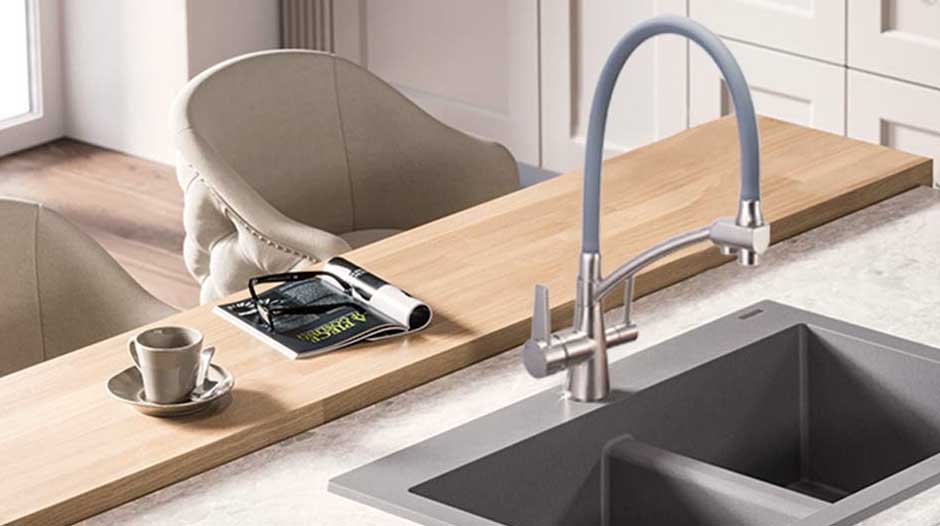







:max_bytes(150000):strip_icc()/ac4-56a73c595f9b58b7d0e8182e.jpg)


/cleaning-the-aerator-from-deposits--the-girl-hand-washes-a-dirty-limestone-aerator-with-water-1126244919-72868100964f42d5aa564a928371fea5.jpg)
/RemovingAeratorAssembly-99881d30169b43cebc3fe72f6d4b25b9.jpg)
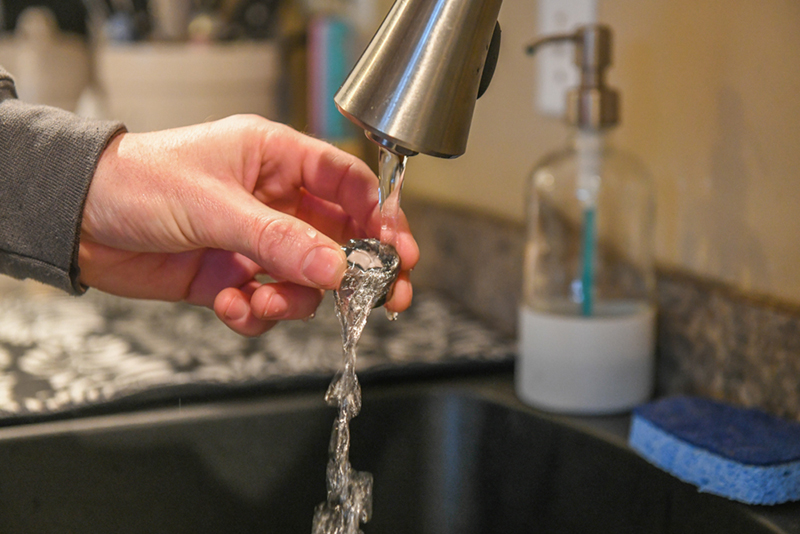










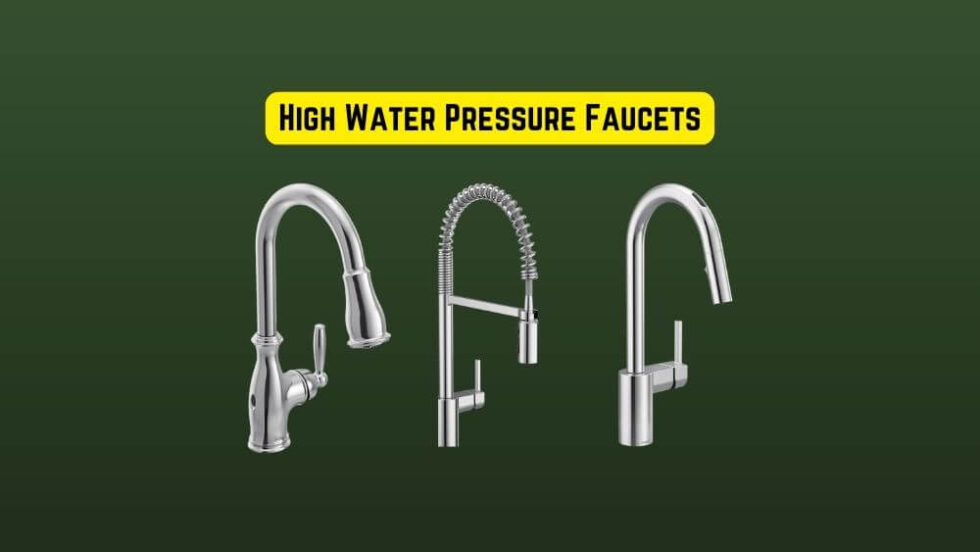





_.jpg)













